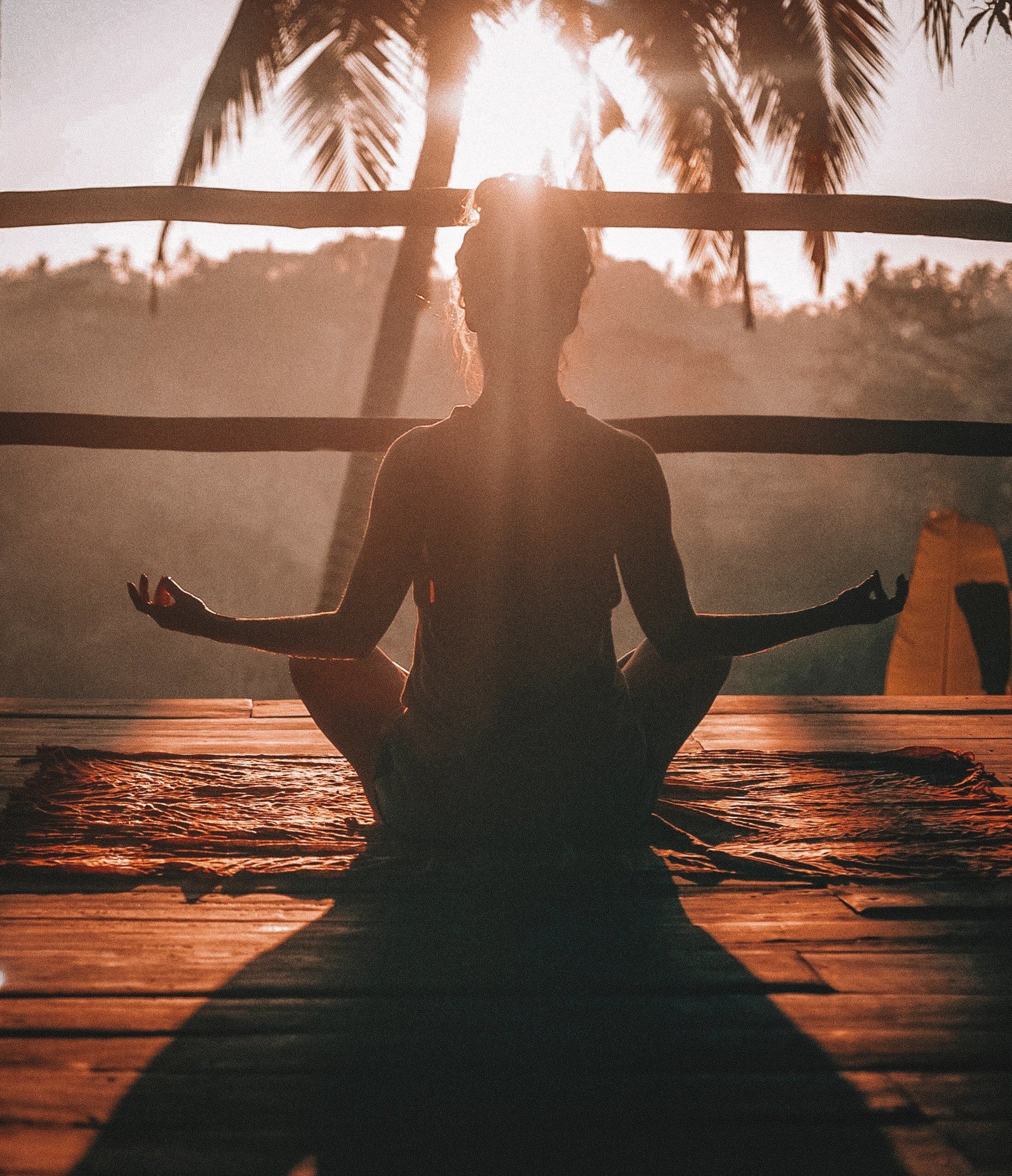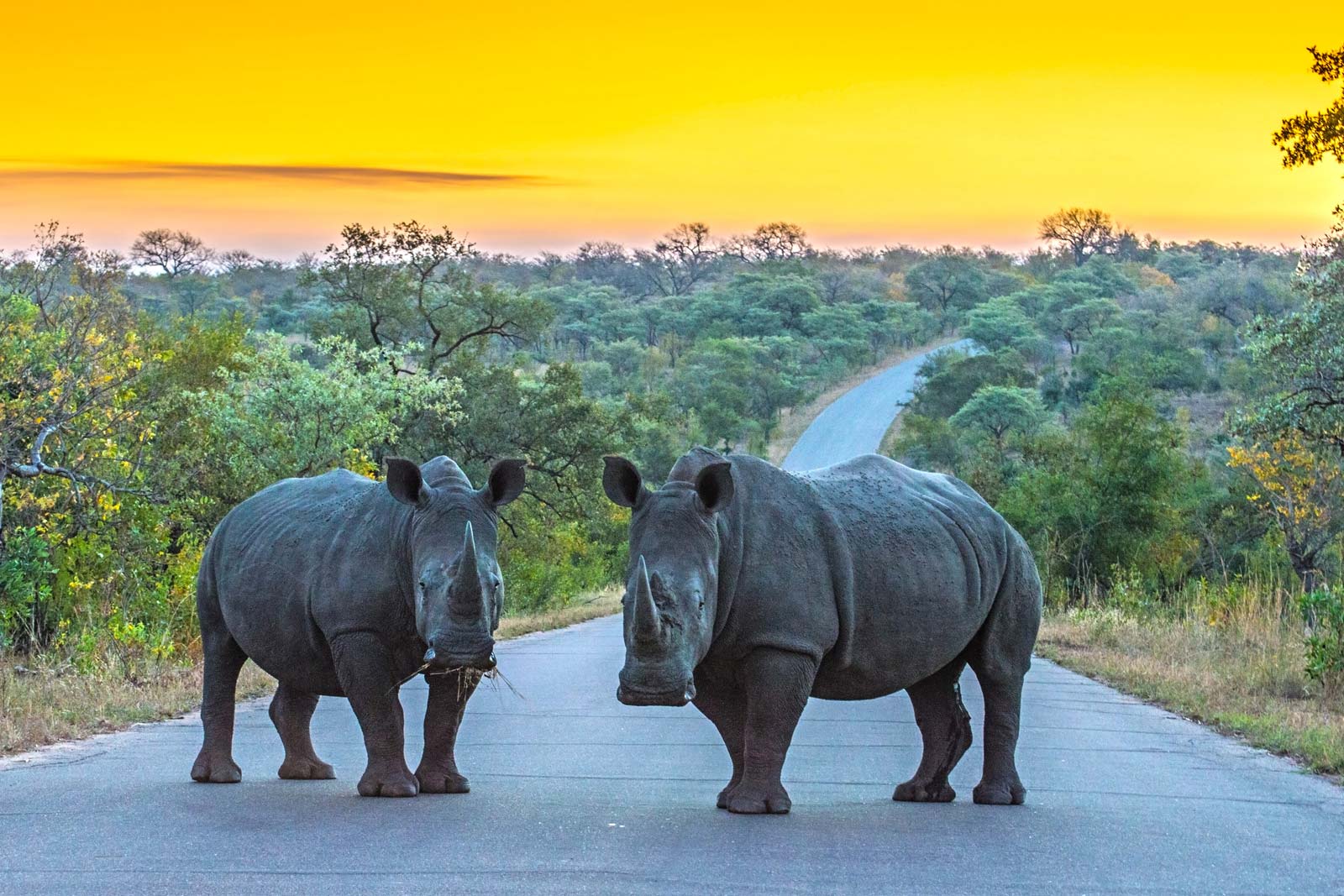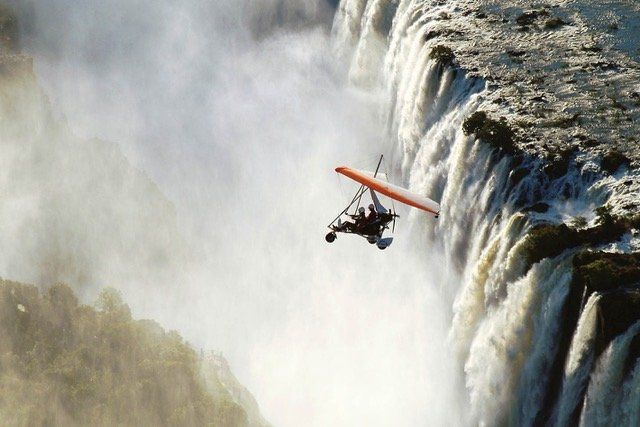Autumn (April - May): The best time to visit the Kgalagadi Transfontier Park is during autum, when the region transitions from a wet to dry season. The heat is not as suffocating, and due to the recent rains, the rivers and boreholes will attract the animals in greater numbers.
Summer(November - March): The summer months are not ideal to go to Kgalagadi Transfontier Park as they can bring forceful storms. The heat is also quite potent and you can easily expect temperatures of 40°C / 105°F or more.
Winter(June - September): Winter is also a lovely time to visit Kgalagadi. You’ll often wake up to sub-zero temperatures during winter but this does transform into crisp, sunny days with maximum daytime temperatures around 20°C /70°C. Like any desert, the Kalahari experiences dramatic drops in temperature at night, so don’t forget to pack plenty of warm clothes, just in case.



















